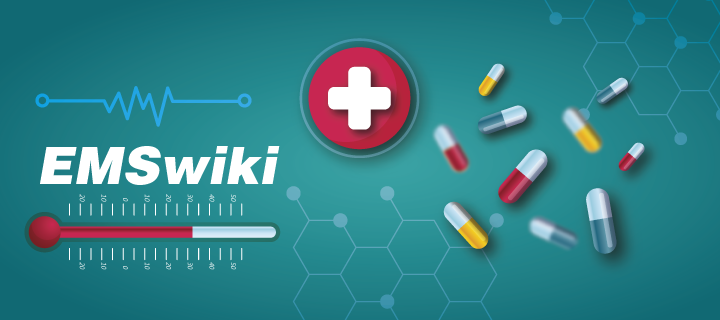
What is hyperinsulinemia? Risk factors and prevention
An in-depth analysis of causes, symptoms, and coping strategies for this increasingly common disorder
What is hyperinsulinemia and what are its causes
Hyperinsulinemia is characterized by abnormally high levels of insulin in the blood, often associated with insulin resistance. This condition occurs when muscle, adipose, and hepatic cells do not respond adequately to insulin, forcing the pancreas to produce more insulin to maintain blood sugar levels within healthy limits. Rarely, it can be caused by a pancreatic tumor (insulinoma) or an excess of insulin-producing cells (nesidioblastosis).
Risks associated with hyperinsulinemia
Hyperinsulinemia is linked to various health problems. In addition to prediabetes and type 2 diabetes, it includes obesity, metabolic syndrome, polycystic ovary syndrome (PCOS), high triglyceride levels, elevated uric acid, and atherosclerosis (hardening of the arteries). Other risks include hypertension and, in the long term, complications such as heart disease, stroke, and even some types of cancer.
Prevention and treatment of hyperinsulinemia
Managing hyperinsulinemia primarily focuses on lifestyle changes. A balanced diet that is low in unhealthy fats, sugars, red meats, and processed starches, and rich in vegetables, fruits, whole grains, fish, and lean poultry is essential. Physical exercise lowers insulin levels and increases insulin sensitivity, aiding in the treatment of hyperinsulinemia. Weight loss is also associated with improvement in hyperinsulinemia. In some cases, bariatric surgery may be considered, especially for individuals with class III obesity.
How to recognize and when to seek help
Hyperinsulinemia often does not present obvious symptoms until it progresses to prediabetes or type 2 diabetes. Symptoms of prediabetes can include darkened skin in body folds, skin growths, and changes in vision. It is important to regularly monitor blood sugar levels and consult a doctor if symptoms of hyperglycemia or prediabetes develop.
Sources



